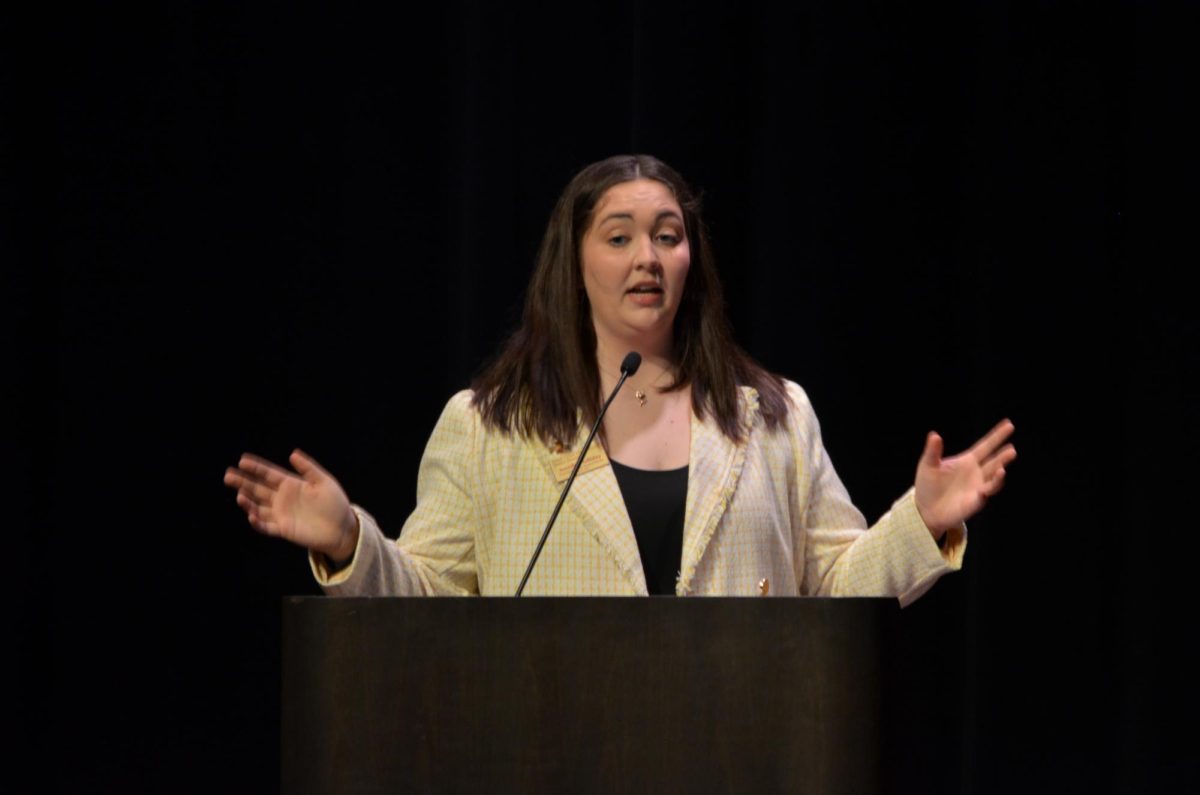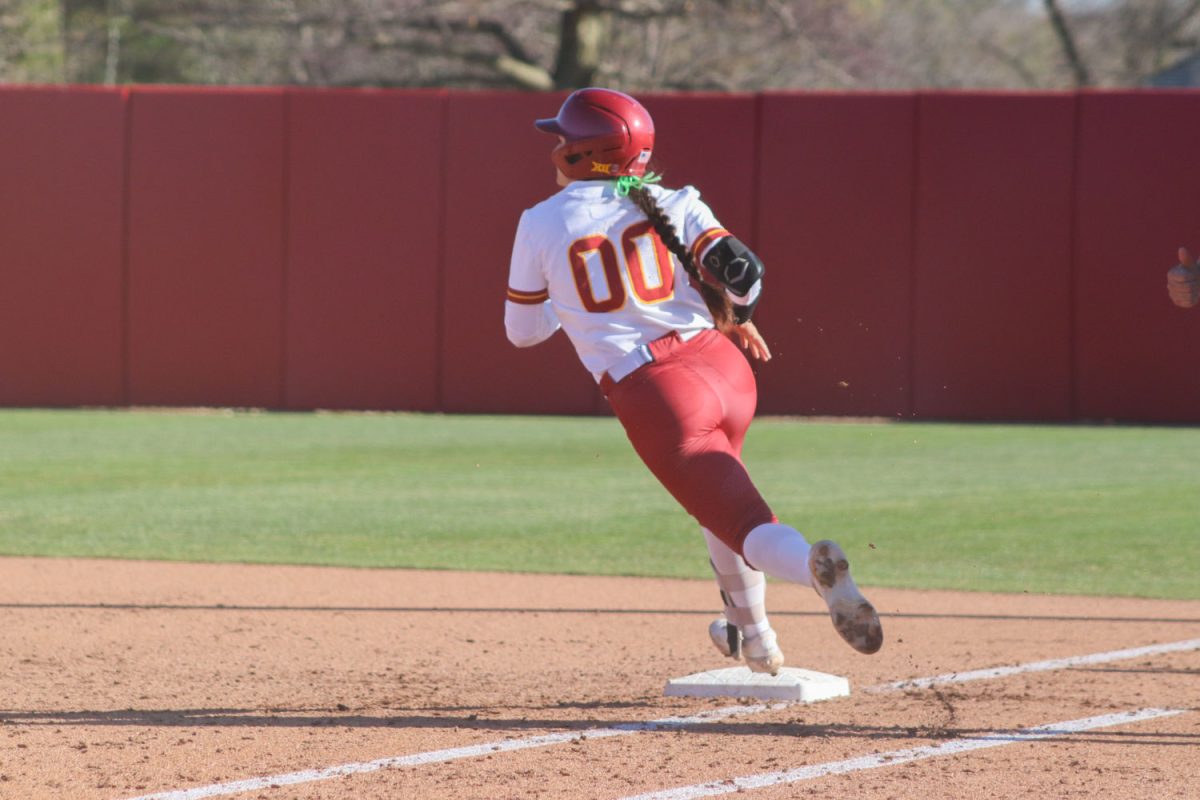COMMENTARY: Cut out the caffeine and opt for natural sleep
September 19, 2007
Not that we tend to be conspiracy theorists, but doesn’t there seem to be a drive to sneak caffeine into every ingestive aspect of our daily lives?
Potato chips. Doughnuts. Ice cream. Bagels. Chocolate. Yogurt. Caffeine lurks in some brands and flavors of all those foods, conspiring to keep us watching dreadful infomercials to while away sleepless nights.
Michael F. Jacobson, executive director of the Washington-based Center for Science in the Public Interest, tries to keep things in perspective: “They haven’t injected caffeine into apples – yet.”
Jacobson’s group has been trying for a decade to get the Food and Drug Administration to require that the caffeine content of foods be declared on labels. The American Medical Association supports that idea.
We enjoy – let’s be honest, need – our cup or two or three of full-bodied Sumatra in the morning, every morning.
But too much of the nation’s favorite drug also can be unhealthy. And it’s not just coffee you have to worry about. High-energy drinks chock-full of caffeine are becoming more popular. Teenagers tend to have heightened sensitivity to caffeine, and they’re a prime market for the high-energy drinks. A troubling trend: using high-energy drinks such as Red Bull as a mixer with alcohol.
“If you’re a teenager and you’re not used to drinking Red Bulls, you could end up with serious heart palpitations or could have more than that,” said Barry Popkin, a nutrition scientist at the University of North Carolina.
Red Bull has been banned in some European countries. No, this isn’t a call for a Euro-style ban on energy drinks, just a note of caution.
Some 70 million Americans suffer from disorders that make it hard to sleep, and more people are showing up at sleep labs for help.
It’s good to know what you’re eating and drinking.
– This editorial originally appeared in the Chicago Tribune. It appears courtesy McClatchy-Tribune News Service.
















